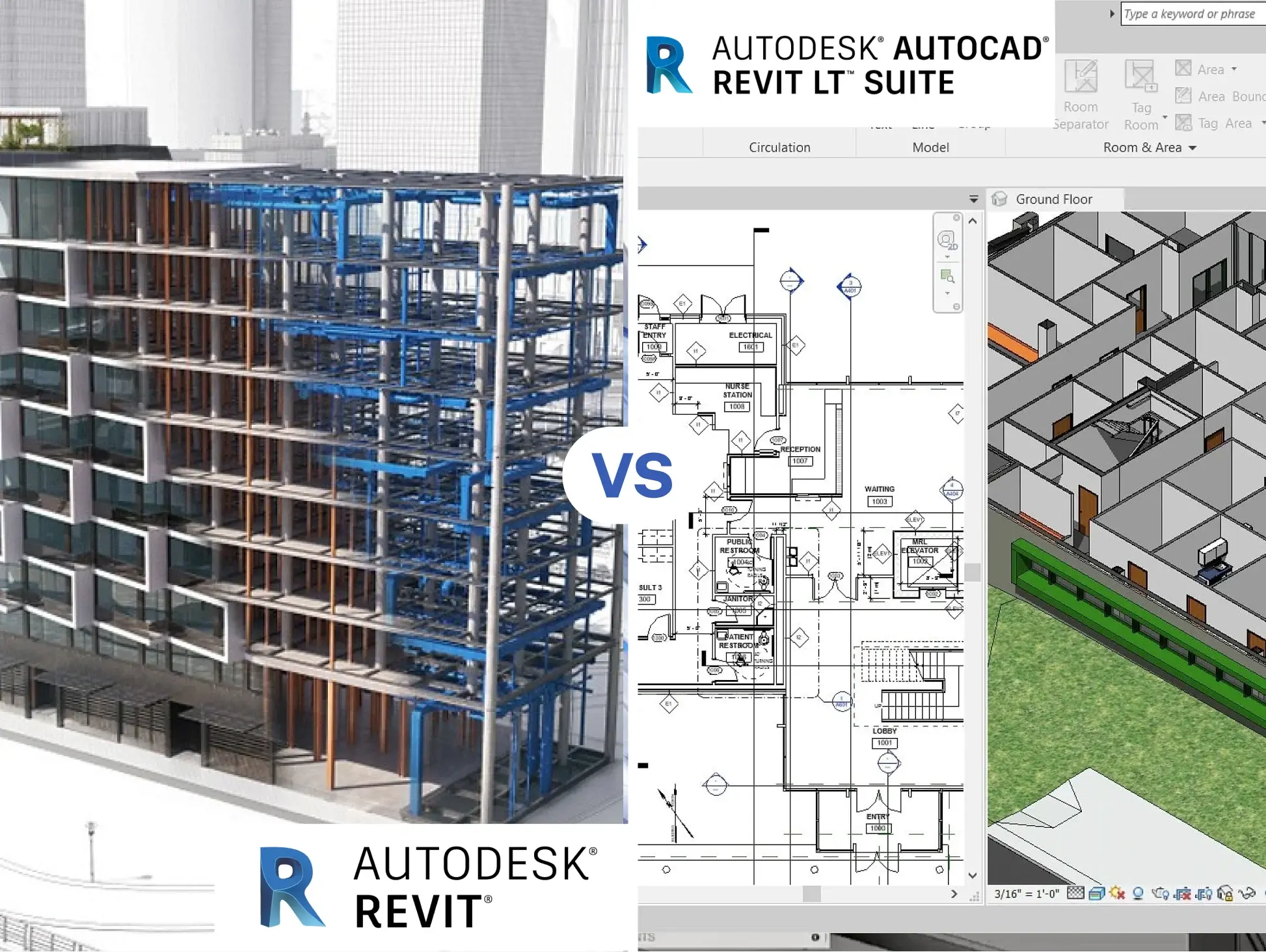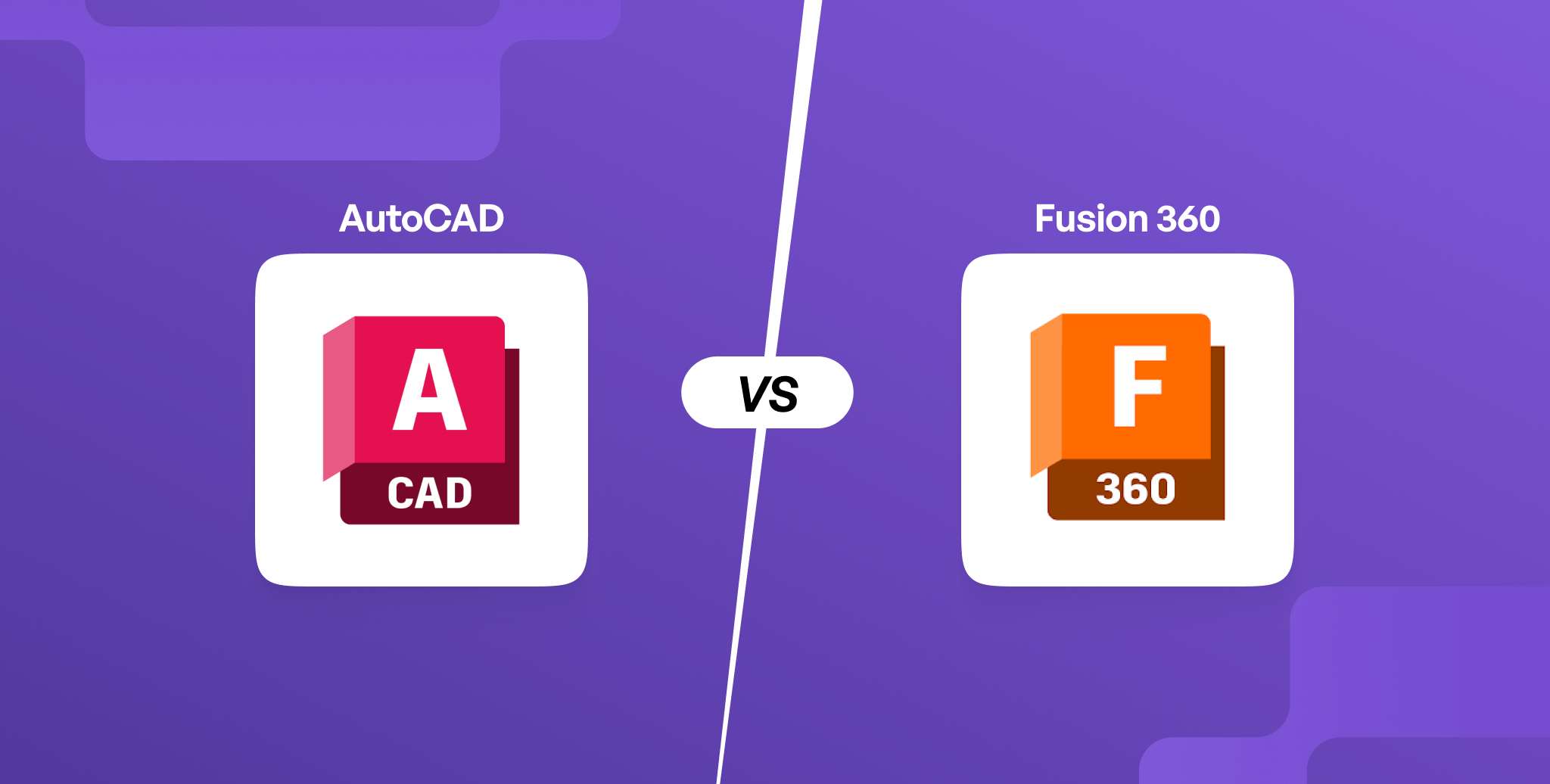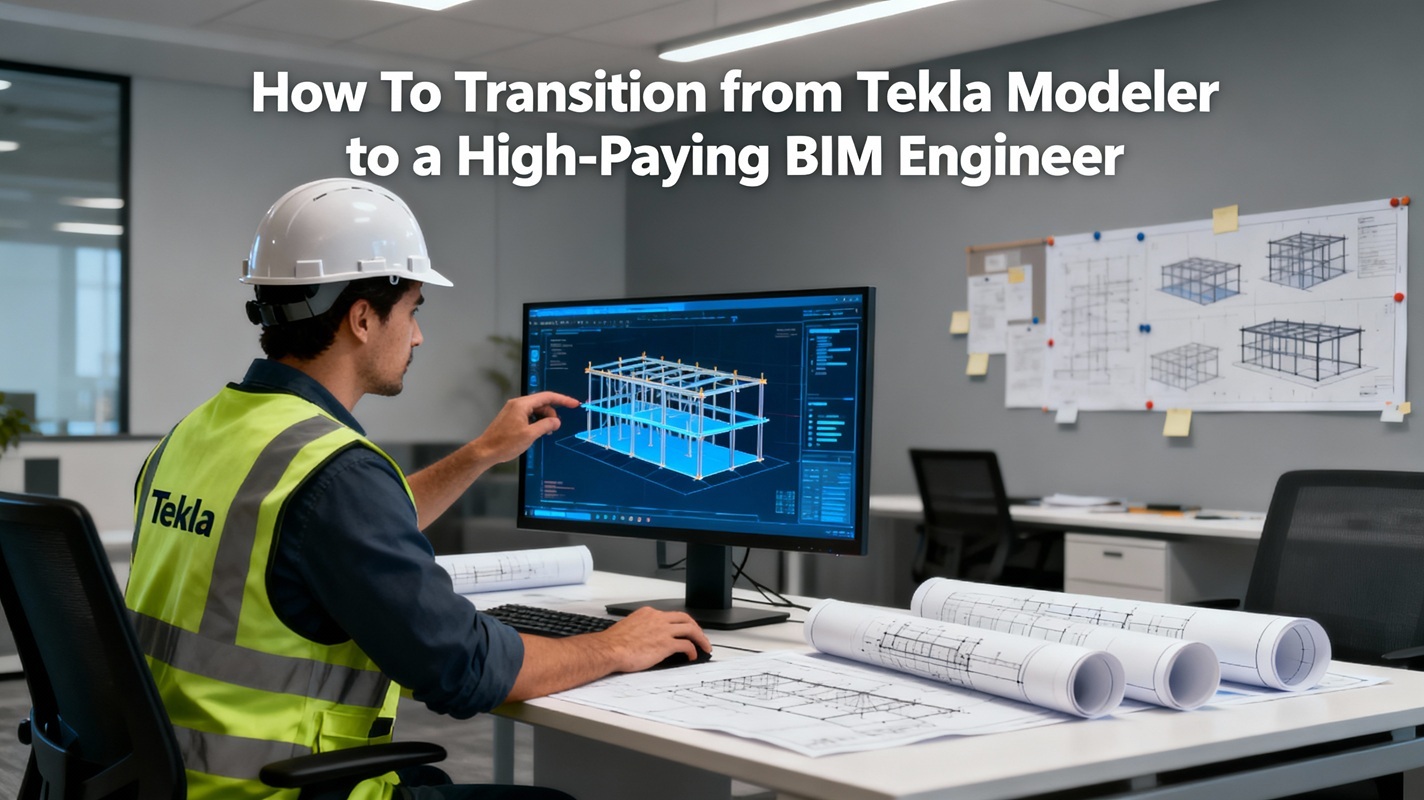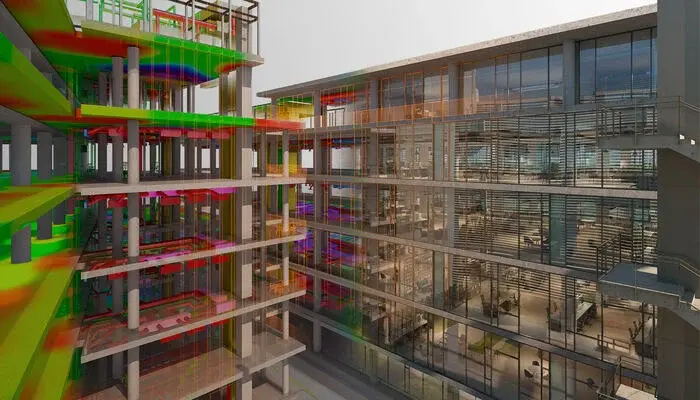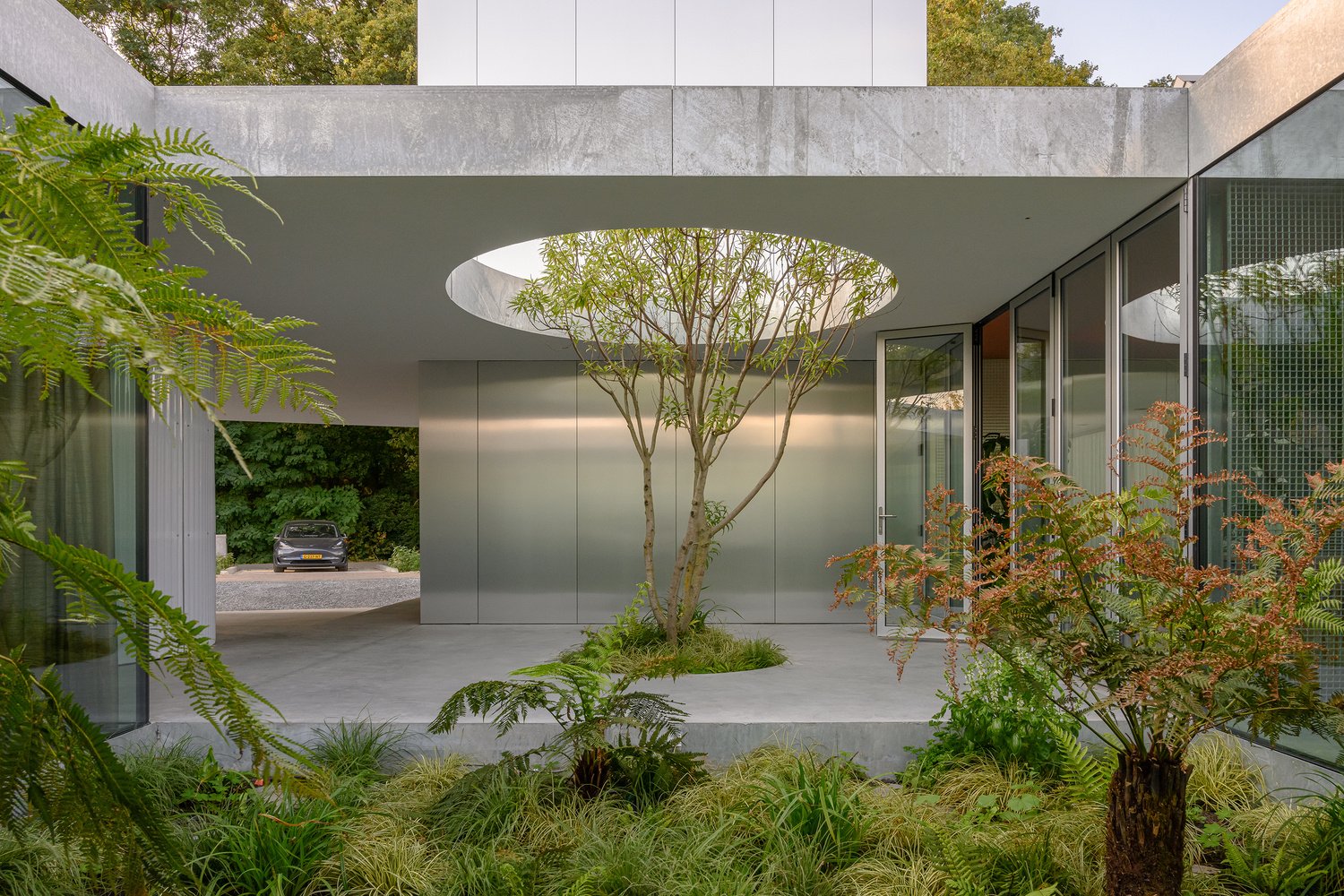
Cracking the landscape designer interview questions requires more than just showcasing a portfolio. In today’s competitive landscape design industry, demonstrating a comprehensive understanding of your technical skills, design philosophy, and ability to solve real-world challenges is key. By preparing effectively, you can confidently answer these questions, impressing employers with your in-depth knowledge, creativity, and passion for the field. Additionally, boosting your expertise in tools like Revit and BIM can enhance your career prospects.
Prepare for landscape designer interviews with the top 15 questions on technical skills, project management, sustainability, and collaboration. Boost your career by mastering Revit and 15+ BIM tools through the BIM Professional Course, gaining hands-on experience, industry workflows, and mentorship to secure top AEC firm opportunities.
Understanding the Role of a Landscape Designer

A landscape designer is a professional who designs outdoor spaces that are functional, aesthetically pleasing, and sustainable. They consider various environmental and practical factors, working closely with clients and stakeholders to transform spaces into beautiful, usable areas that align with the surrounding environment.
Before moving ahead with how to answer interview questions for landscape designer jobs, it is first important to understand who a landscape designer is and what the role entails.
1. Who is a Landscape Designer?
A landscape designer is a professional who plans and creates outdoor spaces, focusing on aesthetics, functionality, and sustainability. They design gardens, parks, and other green spaces, considering factors such as plant selection, terrain, climate, and the intended use of the space. Landscape designers work with clients to develop visually appealing and environmentally sustainable landscapes that enhance the natural beauty and usability of outdoor areas.
2. What is the Scope of Work for a Landscape Designer?
The scope of work for a landscape designer includes:
- Site Analysis and Research: Conducting site assessments and analysing demographic, economic, and environmental data.
- Concept Development: Creating design concepts and master plans for urban areas.
- Collaboration: Working with architects, planners, engineers, and stakeholders.
- Design and Planning: Designing urban layouts and planning infrastructure.
- Regulatory Compliance: Ensuring designs meet local building codes and regulations.
- Project Management: Overseeing project implementation.
- Sustainability: Incorporating sustainable design principles.
- Evaluation: Monitoring and adjusting designs based on feedback and outcomes.
3. What Is the Salary of a Landscape Designer in India?
The salary of a landscape designer in India varies based on experience, location, and the type of employer. Here is a general overview:
- Entry-Level (0-2 years): ₹3,00,000 to ₹5,00,000 per annum
- Mid-Level (2-5 years): ₹7,00,000 to ₹10,00,000 per annum
- Senior-Level (5+ years): ₹15,00,000+ per annum
Note: Factors such as additional qualifications, specialisation, and the prestige of the employing firm can also influence salary levels.
Also Read: Landscape Architecture: Definitions, Types, Elements & More (2026)
General Interview Preparation Tips for Landscape Designer Jobs

To succeed in landscape designer interview questions, thorough preparation is key. Research the company, update your CV, understand the job description, and be prepared to demonstrate both your technical expertise and soft skills. Confidence and clear communication will set you apart from other candidates.
The landscape designer job interview is a critical juncture in your career path, regardless of your experience level. While a strong portfolio is essential, it's equally important to present yourself authentically and effectively communicate your skills to potential employers. In today's competitive job market, success requires more than just technical proficiency; it demands a strategic approach to the interview process. This involves cultivating the right mindset, thoroughly understanding the landscape designer job description, and implementing effective job search strategies to distinguish yourself from other candidates.
To excel in landscape design job interviews, it's crucial to prepare comprehensively, focusing not only on your design abilities but also on your problem-solving skills, industry knowledge, and ability to align with the company's vision. By mastering these aspects, you'll be better equipped to navigate the interview questions confidently, showcasing your unique value proposition and increasing your chances of securing a high-paying job. The following tips will guide you through the process of preparing for and excelling in landscape designer job interviews, helping you make a lasting impression in this dynamic field.
1. Do Your Research
Familiarise yourself with the company’s background and do in-depth research on the projects they undertake to prepare yourself for organisation-related job interview questions. You can also engage in conversations with current employees to gain insights into the company’s work culture.
2. Update Your CV and Portfolio
Ensure your CV and portfolio are up-to-date with your latest projects, and ensure that you can explain your portfolio confidently. While many interviewees bring digital copies of their work, it’s advisable to have a hard copy to prevent potential technical glitches.
3. Understand the Landscape Design Job Description
To effectively handle job interview questions for a landscape designer position, it's crucial to thoroughly understand the organisation’s job description, which includes key responsibilities, software expertise, project types, reporting structure, company culture, and expectations.
4. Review the Qualifications Necessary
Carefully review the qualifications necessary for the landscape designer role to frame your job interview responses effectively. Key points include education requirements, professional experience, technical proficiency, certifications, and soft skills.
5. Be Genuine and Keep the Conversation Natural
Maintaining a smooth conversation with the interviewer ensures that there are no awkward pauses and makes the interviewer more interested in you. Being completely honest about your experiences and qualifications and providing in-depth answers helps the interviewer understand your value system and work ethic.
6. Keep Your Answers Brief and to the Point
The interviewer isn’t interested in unnecessary details and may lose interest if you elaborate too much on your answers. Ensure you capture the interviewer’s attention and use it to your benefit.
7. Don’t Pretend to Know About Something That You Don’t
The person interviewing you is most likely a field expert, so there is no way to bluff your way around them. If you don’t know about a particular BIM tool or plug-in, just be honest and express your willingness to research and learn more about it.
List of Top 15 Landscape Design Job Interview Questions
In-depth preparation is key to maximising your success in landscape design job interviews. Familiarising yourself with common interview questions and sample answers in advance can significantly boost your confidence and performance. By finding out more about potential inquiries and preparing articulate, relevant answers, you'll demonstrate your expertise and readiness for the role. This proactive approach not only showcases your knowledge and skills but also reflects your commitment to the profession.
To help you in this crucial preparation phase, we've compiled a list of 15 frequently asked job interview questions for landscape designers. By studying these questions and developing personalised responses, you'll be well-equipped to handle the interview with poise and professionalism, ultimately increasing your chances of securing the position.
Technical Knowledge and Skills
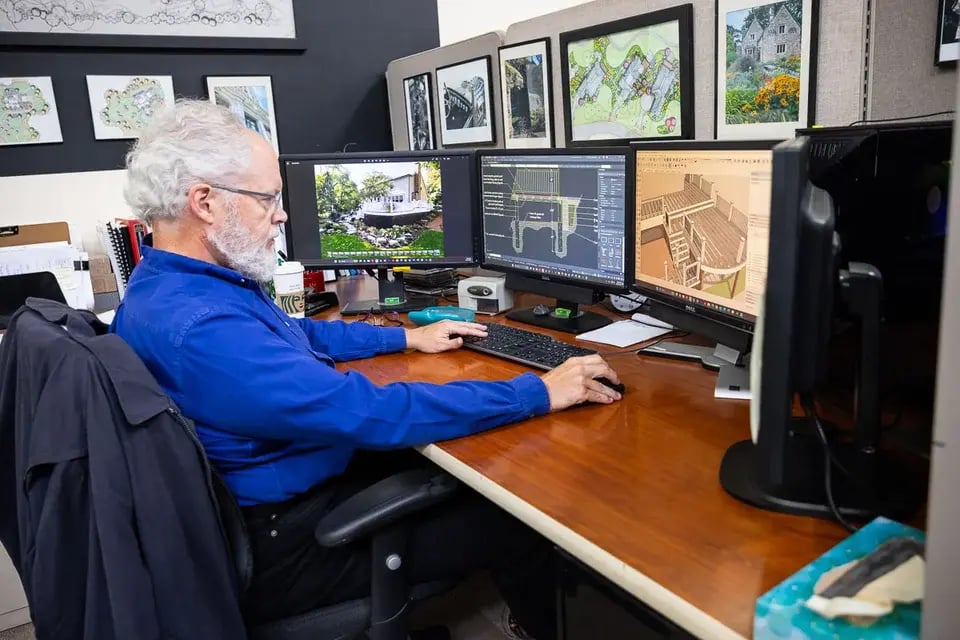
1. What technical skills have you developed as a landscape designer?
Sample Answer:
“I've honed a diverse set of technical skills crucial to the profession. I'm proficient in industry-standard software such as AutoCAD for precise site plans and construction documents and SketchUp for creating 3D models and visualisations. I also use Adobe Creative Suite extensively, particularly Photoshop and Illustrator, for rendering and graphic presentations. In my recent project redesigning a public park, I utilised AutoCAD for detailed site planning and SketchUp to create detailed 3D models, which greatly enhanced client communication and project visualisation. Additionally, I'm experienced with plant selection software and irrigation design tools. I also employ GIS for site analysis, helping me understand topography, soil conditions, and existing vegetation.”
2. How do you stay current with the latest trends and technologies in landscape design?
Sample Answer:
“I regularly read industry publications and follow online platforms like Landscape Architect and Houzz for inspiration and insights. I attend annual conferences and webinars focused on sustainable design practices, innovative plant materials, and emerging technologies in irrigation and lighting systems. Additionally, I follow influential landscape designers and firms on social media to stay abreast of cutting-edge projects and techniques. This continuous learning allows me to integrate contemporary ideas and sustainable technologies into my designs, ensuring they are both innovative and environmentally responsible.”
3. How do you incorporate GIS into your landscape design process?
Sample Answer:
"I use GIS software, particularly ArcGIS and QGIS, to enhance my landscape design process. These tools are invaluable for comprehensive site analysis and informed decision-making. In a recent large-scale park redesign project, I used GIS to create layered maps integrating data on soil types, existing vegetation, topography, and drainage patterns. This allowed me to identify optimal locations for different park features and plant communities. I also used GIS to perform a shade analysis, helping me determine suitable areas for sun-loving plants versus shade-tolerant species. Additionally, I employed GIS to map user movement patterns and existing infrastructure, which informed the placement of pathways, seating areas, and recreational facilities. This approach ensures that my landscape designs are not only aesthetically pleasing but also ecologically sound and responsive to site conditions.”
Also Read: Architecture Thesis Topics: A Comprehensive List of 30 Topics to Pick From 2026
Project Management and Coordination

4. How do you manage multiple landscape design projects simultaneously and prioritise your tasks?
Sample Answer:
"To effectively manage multiple landscape design projects, I use a combination of digital tools and strategic planning. I use project management software like Asana and Trello to create detailed task lists, set deadlines, and track progress for each project. I prioritise tasks based on their urgency, client deadlines, and their impact on the overall project timeline. For complex projects, I create Gantt charts to visualise timelines and dependencies. I also practice time-blocking, dedicating specific hours to different projects to ensure consistent progress and schedule weekly check-ins to address any issues promptly. This systematic approach allows me to balance multiple projects efficiently while ensuring high-quality outcomes and meeting all deadlines."
5. How do you ensure your landscape design projects stay on schedule and within budget?
Sample Answer:
“I start by establishing realistic timelines and detailed budgets during the initial planning phase, considering factors like material availability and potential site challenges. I use project management software to track progress and monitor expenses in real time. I conduct weekly team meetings and maintain a constant dialogue with clients, contractors, and suppliers. This allows us to identify and address potential issues before they escalate. When unexpected challenges arise, such as adverse weather conditions or unforeseen site complexities, I swiftly assess their impact on both timeline and budget. For example, if a specific material becomes unavailable or too costly, I research and propose alternatives that align with the design vision and budget constraints. This balanced approach of meticulous planning, constant monitoring, and flexible problem-solving helps ensure project success, client satisfaction, and financial viability.”
6. How do you approach stakeholder engagement in large-scale landscape design projects?
Sample Answer:
“For large-scale landscape design projects, I begin by mapping out all key stakeholders, including local authorities, community groups, environmental organisations, and residents. I then design a customised engagement plan utilising diverse methods to ensure broad participation. This typically includes a mix of in-person and digital approaches, such as community workshops, online surveys, interactive mapping tools, and social media outreach. For instance, I recently created an online platform where residents could virtually 'walk through' proposed designs and provide feedback. This multi-channel approach not only gathers crucial local insights but also builds community buy-in and a sense of shared ownership. Throughout the process, I maintain transparent communication, regularly updating stakeholders on how their input is shaping the design. This inclusive approach leads to more robust, community-supported designs and smoother project implementation.”
Industry Standards and Protocols
7. How do you ensure your designs comply with local building codes and regulations?
Sample Answer:
“I start by thoroughly reviewing relevant codes and regulations during the initial design phase and frequently consult with local authorities to clarify any ambiguities and stay updated on any changes to the regulations. Collaboration with other professionals ensures that all safety standards are met. Additionally, I engage with urban planners and legal experts to address zoning laws, environmental regulations, and community guidelines, ensuring that our designs align with all local requirements and contribute positively to the urban fabric."
8. Can you describe your experience with creating and implementing sustainable landscape design solutions?
Sample Answer:
"I have extensive experience in sustainable landscape design, focusing on water conservation, biodiversity enhancement, and resource efficiency. Key projects include implementing comprehensive water management systems, heat island mitigation strategies, and the integration of green roofs and living walls. I prioritise native plantings, sustainable materials, and smart technologies to create eco-friendly, low-maintenance landscapes that benefit both the environment and users. My designs aim to conserve resources, support local ecosystems, and provide long-term value while creating attractive, functional outdoor spaces."
9. What do you do to ensure the safety of your landscape designs?
Sample Answer:
“I prioritise safety and accessibility by conducting thorough site analyses, collaborating with experts, and adhering to ADA standards and safety regulations. Key considerations include careful pathway design, appropriate material selection, safe plant choices, and proper implementation of water features. I use 3D modelling for safety visualisation, conduct regular design reviews, and focus on creating inclusive spaces. The process involves continuous assessment from the initial design through post-implementation, resulting in aesthetically pleasing landscapes that are safe and accessible for all users."
Soft Skills and Problem-Solving

10. Can you describe a difficult client interaction and how you dealt with it?
Sample Answer:
"During one project, a client was unhappy with the initial landscape design proposal. I promptly addressed their concerns by actively listening to their feedback and gaining a clear understanding of their goals. I then refined the design to incorporate their input and presented a revised plan that aligned with their vision. This approach not only improved the project outcome but also strengthened our working relationship, demonstrating the importance of clear communication and collaboration in the design process."
Also Read: Top 20 Architecture Firms in India & the US
11. How do you approach problem-solving when faced with unforeseen challenges in a project?
Sample Answer:
"When faced with unforeseen challenges in a project, I approach problem-solving with a combination of analytical thinking, creativity, and collaboration. First, I thoroughly assess the issue to understand its root cause and potential impact on the project. Then, I brainstorm possible solutions, considering both short-term fixes and long-term benefits. I engage with team members, including engineers, planners, and community stakeholders, to gather diverse perspectives and insights. For example, during a recent park renovation project, we discovered unexpected soil contamination that threatened to delay our progress. By collaborating with environmental engineers and local authorities, we developed a remediation plan to address the contamination, allowing us to proceed with the project on schedule.”
12. How do you collaborate with other team members to achieve project goals?
Sample Answer:
"I encourage open communication through regular team meetings and collaborative design workshops, ensuring all team members are on the same page. Using tools like shared project folders and collaborative platforms, we maintain transparency and streamline our workflow. By actively involving architects, planners, engineers, and community stakeholders, we address challenges collectively and integrate diverse perspectives, resulting in more cohesive and innovative landscape design solutions."
Future Goals and Aspirations
13. What kind of projects interest you, and why?
Sample Answer:
"I’m particularly passionate about sustainable landscape design and community-focused projects. Working on initiatives that promote sustainability and improve the quality of life for local communities excites me. I believe landscape design projects have the power to create vibrant, inclusive spaces that foster social interaction and bring people together. For example, designing public parks and walkable green spaces not only addresses environmental concerns but also promotes community well-being and resilience. These projects inspire me because they contribute to creating lasting positive change in our environment."
14. Where do you see yourself professionally in five years, and how does this position align with your future goals?
Sample Answer:
"In five years, I aim to be in a senior position, leading large teams and driving strategic initiatives. This role attracts me because it offers a clear path to that goal. I'm particularly excited about the leadership development program mentioned in the job description, as it aligns perfectly with my aspiration to enhance my management skills. Additionally, the company's focus on innovation in urban design presents opportunities to work on cutting-edge projects, which will be crucial for my professional growth and the achievement of my long-term career objectives."
15. Why should we consider you as a good fit for this role?
Sample Answer:
“I’m really looking forward to joining (XYZ Company) because of its innovative and futuristic design philosophy. I particularly admire the recent projects (mention the names) and believe my skills, interests, and values align with the company’s vision and will provide me with an environment that drives excellence. Apart from my technical skills, I’m well-versed in various non-technical skills like writing, researching, and leadership that can help contribute to the overall growth of the company and make me an ideal fit."
Also Read - 7 Common Civil Engineering Interview Questions & Answers
Next Step
Successfully cracking landscape designer interview questions involves both technical expertise and a clear understanding of the broader context of the job. By preparing in advance, you’ll confidently demonstrate your skills and suitability for the role. Mastering key aspects of landscape design, including project management and sustainability, will set you apart from other candidates.
For those looking to further enhance their abilities and career prospects, we recommend enrolling in the BIM Professional Course for Architects by Novatr. This course offers hands-on training, industry insights, and mentorship from experts, giving you a competitive edge in the landscape design field. Visit our resource page for additional career guidance, industry trends, and tips for continuous growth in the field of landscape architecture.
FAQs
1. What are the 7 steps to landscape design?
The 7 steps to landscape design include site analysis, conceptualization, design development, material selection, planning, construction, and maintenance. Each stage focuses on creating functional, aesthetic, and sustainable outdoor spaces, ensuring a seamless transition from idea to execution.
2. How to prepare for a landscaping interview?
To prepare for a landscape design interview, research the company, update your portfolio, and practice discussing your technical skills, project management experience, and design philosophy. Show your ability to work with various stakeholders and explain how you solve design challenges effectively.
3. What are the 7 principles of landscape design with examples?
The 7 principles of landscape design are unity, balance, proportion, rhythm, focalization, simplicity, and diversity. For example, unity is achieved by repeating design elements, while focalization is highlighted by creating a central point of interest, such as a statue or water feature.
4. What are the 5 basic elements of landscaping?
The five basic elements of landscape design are plants, terrain, water features, structures, and climate. These elements come together to create functional and visually appealing spaces, addressing both aesthetic and environmental factors, such as plant selection and water management.
5. What are the steps in the landscape design process?
The steps in the landscape design process include initial assessment, concept design, design development, final plan creation, and project implementation. Each step ensures that the project aligns with the client’s vision while considering environmental, social, and technical factors.
Was this content helpful to you



.jpg)




